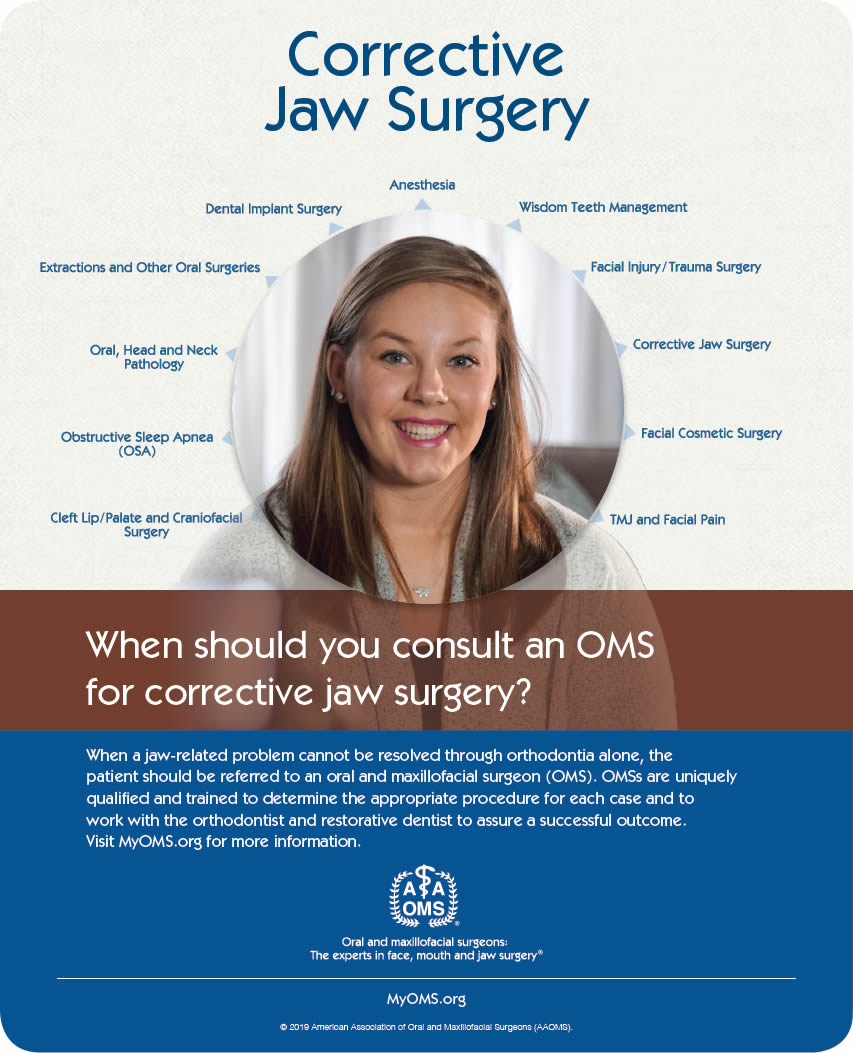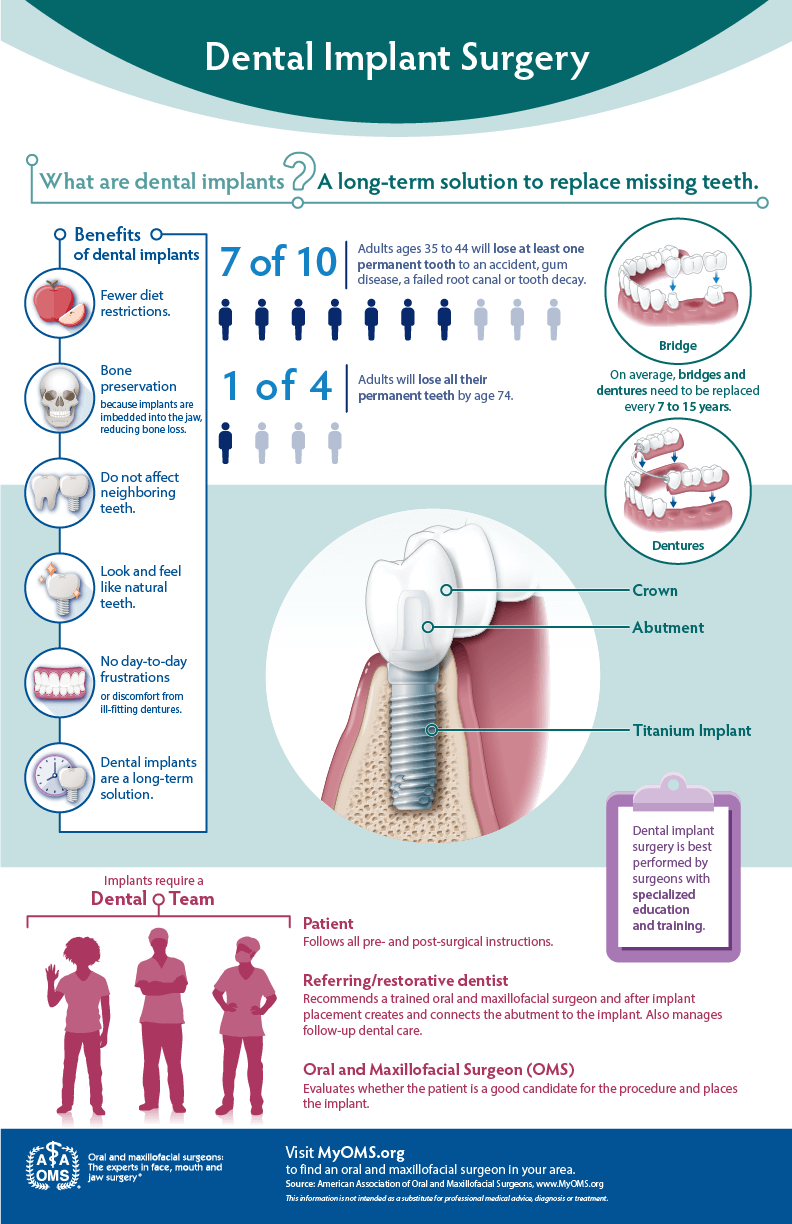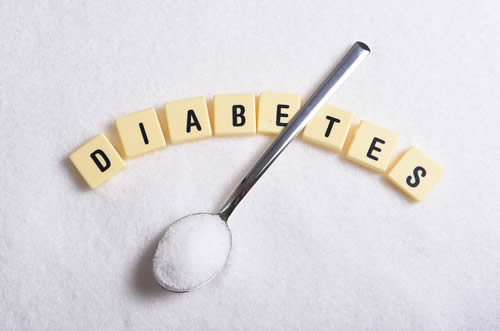The American Dental Association has designated February as National Children’s Dental Health Month. Here are a few tips on taking care of your child’s teeth from the U.S. Department of Health and Human Services.
The Basics
 Your child’s first teeth, or baby teeth, are important. Baby teeth hold space for adult teeth. Taking care of your child’s teeth will protect your child from tooth decay (cavities).
Your child’s first teeth, or baby teeth, are important. Baby teeth hold space for adult teeth. Taking care of your child’s teeth will protect your child from tooth decay (cavities).
Tooth decay can:
- Cause your child pain
- Make it hard for your child to chew
- Make your child embarrassed to talk or smile
- Create problems with your child’s adult teeth
Take simple steps to prevent tooth decay.
Most babies will get their first tooth between ages 4 months and 7 months. Start these healthy habits now so your child’s smile will stay healthy!
- Start cleaning your child’s teeth as soon as they come in.
- Teach your child to brush 2 times a day.
- Protect your child’s teeth with fluoride.
- Give your child healthy, low-sugar foods and drinks.
- Take your child to the dentist for regular checkups.
Learn more about keeping your child’s mouth healthy.
What is tooth decay?
Tooth decay happens because bacteria (germs) in our mouths turn sugar from the food we eat into acid. When these bacteria use the sugar, they make acid. Over time, the acid can cause cavities (holes) in teeth.
Is my child at risk for tooth decay?
Tooth decay is one of the most common childhood diseases. More than 4 in 10 kids have had decay in their baby teeth.
Eating and drinking lots of sugary foods and drinks puts your child at higher risk for tooth decay. But healthy habits, like brushing and flossing, can prevent tooth decay.
Take Action!
Take these steps to help you take good care of your child’s teeth.
Start with the first tooth.
As soon as your baby’s teeth start coming in, clean them regularly with plain water and a clean cloth or a soft children’s toothbrush. Be sure to clean your baby’s teeth after feeding – especially right before bedtime.
Ask your child’s doctor or dentist when it’s time to start using fluoride toothpaste.
Teach your child to brush 2 times a day with fluoride toothpaste.
Starting at age 2 or 3, use a pea-sized amount of toothpaste to brush your child’s teeth. Make sure your child spits out the toothpaste after brushing – if young children swallow too much fluoride toothpaste, their adult teeth may have white spots.
Around age 7 or 8, kids can start to brush their own teeth. Watch your kids to make sure they:
- Brush all of their teeth
- Brush for about 2 minutes each time
- Spit out the toothpaste instead of swallowing it
Make brushing teeth fun.
Getting kids to brush their teeth can be hard. Here are some ideas that may help:
- Let your child choose a toothbrush in a favorite color or with a character from a TV show or movie. Just make sure it’s the right size for your child’s mouth.
- Make a checklist and have your child add a sticker every time they brush.
- Sing or play a song to help your child brush for 2 minutes.
Protect your child’s teeth with fluoride.
Fluoride is a mineral that helps protect teeth from decay.
Use fluoride toothpaste.
When you shop for toothpaste, read the label to be sure it has fluoride.
Ask your child’s doctor about fluoride varnish.
After your child’s first tooth comes in, ask the doctor to give your child fluoride varnish (a thin coating of fluoride put on the teeth). Fluoride varnish helps prevent tooth decay.
Find out if there’s fluoride in your water.
Fluoride is added to the drinking water in many towns and cities. Check with your child’s doctor or your local water company to find out if your tap water has fluoride in it.
Give your child tap water to drink.
If your water has fluoride added, be sure to give your child tap water (not bottled water) to drink. Most bottled water doesn’t have enough fluoride in it to protect your child’s teeth from decay.
Ask for supplements if your water doesn’t have added fluoride.
If your tap water doesn’t have fluoride added, ask your child’s doctor or dentist for fluoride supplements (drops or tablets). Children age 6 months and older can take fluoride supplements.
What about the cost of fluoride supplements?
Fluoride supplements for kids ages 6 months to 5 years who don’t have fluoride in their water are covered under the Affordable Care Act. Depending on your insurance plan, your child may be able to get fluoride supplements at no cost to you.
For information about services for children that are covered by the Affordable Care Act, visit HealthCare.gov.
Give your child healthy foods.
Healthy foods include vegetables, fruits, whole grains, beans, and lean meats.
Make sure your child gets enough calcium.
Calcium is a mineral that helps make teeth strong. Milk, cheese, and yogurt are good sources of calcium. Check out this shopping list of foods with calcium.
Offer your kids healthy drinks.
If sugar from drinks stays on your child’s teeth for too long, it can lead to tooth decay. To help prevent tooth decay:
- Give your kids only tap water to drink between meals.
- Serve milk or juice with a meal instead of between meals.
Don’t put your baby to bed with a bottle.
Milk or formula will stay on your child’s teeth all night and increase your child’s risk for tooth decay.
Take your child to the dentist.
Take your child to the dentist for a checkup by age 1. Ask your child’s doctor for the name of a dentist who’s good with kids.
Going to the dentist for the first time can be scary. It might help your child to see you sitting in the dentist’s chair first. You can also ask the dentist to let your child sit on your lap during the checkup.
Ask your child’s dentist about how to clean your child’s teeth and other ways to keep your child’s mouth healthy. After the first visit, make sure to schedule regular dental checkups for your child.
What about the cost of dental visits?
Your health insurance plan may cover dental care for your child. Check with your insurance company to find out what’s included in your plan.
If you don’t have insurance that pays for dental care, find a free or low-cost dental care program near you.
Ask your child’s dentist about sealants.
A sealant is a thin, plastic material put on the tops of back teeth to help protect them from decay. Ask your dentist if sealants are right for your child. Get more information about sealants.
Courtesy Healthfinder.gov
For more information about National Children’s Dental Health Month, visit the American Dental Association.











